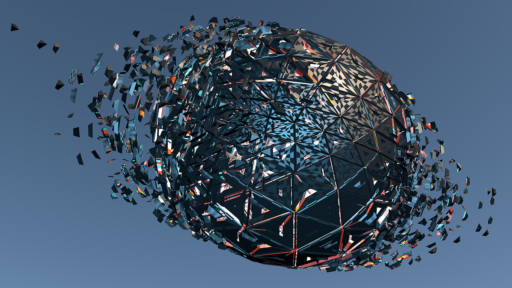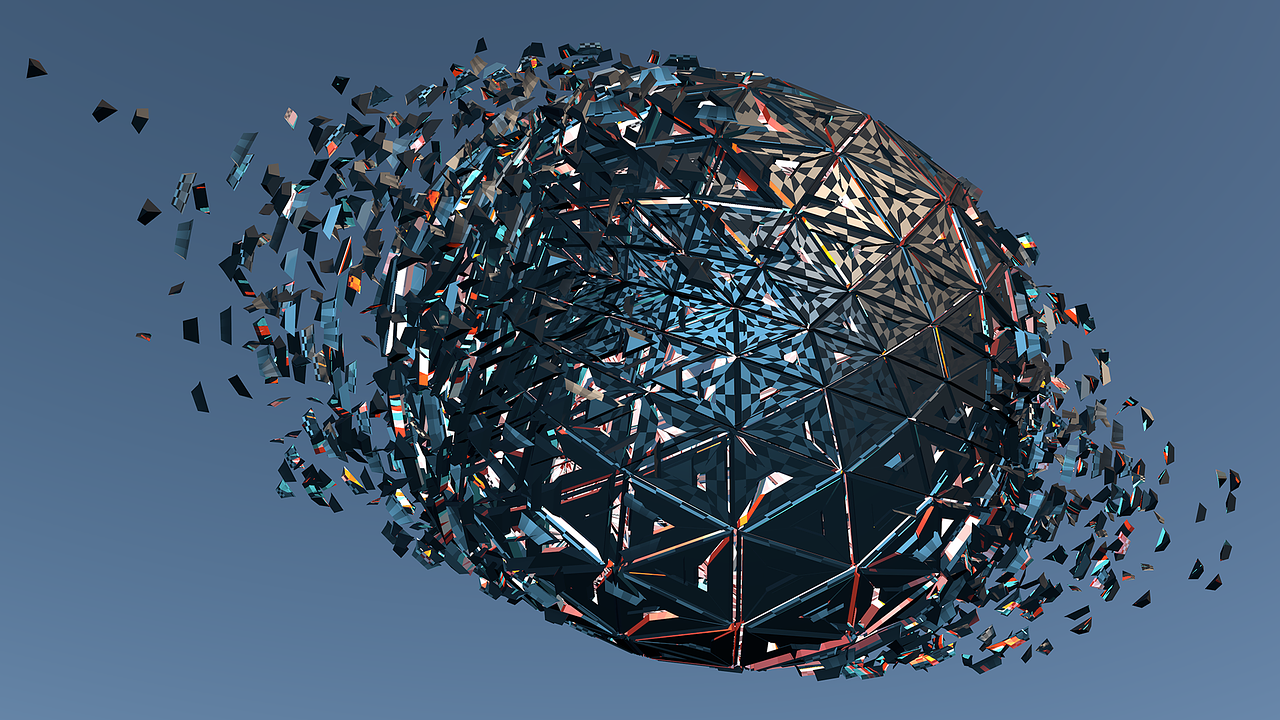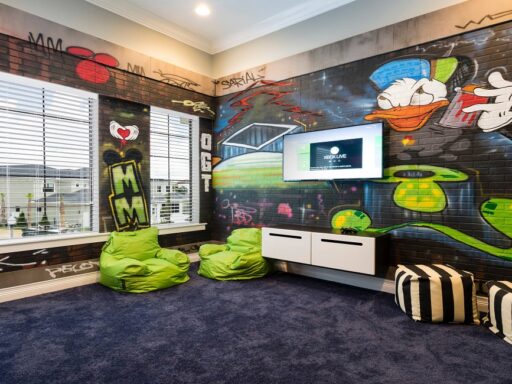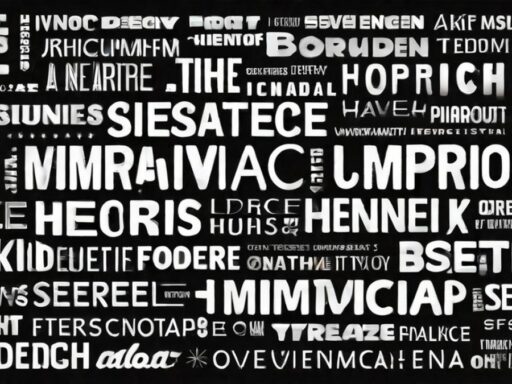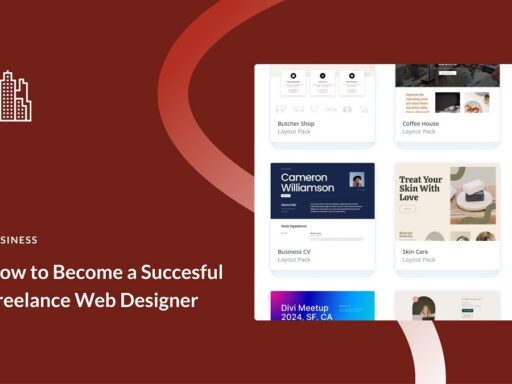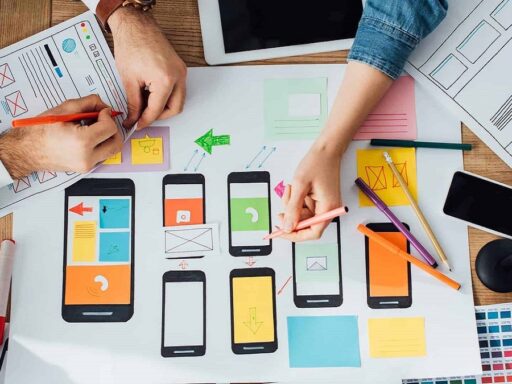In a world that is increasingly driven by visuals, graphic design has emerged as a key player in shaping brand identities, storytelling, and communication. Whether you’re a seasoned designer or a beginner, finding fresh inspiration can sometimes be a challenge. Creativity doesn’t flow on demand, and staying ahead of trends requires continuous exposure to new ideas and styles. But what fuels this endless well of creativity for graphic designers?
This blog delves deep into creative graphic design inspirations that can help designers spark new ideas, push boundaries, and create designs that resonate. From nature and pop culture to personal experiences and design history, inspiration can come from unexpected places.
Nature: The Ultimate Muse
Nature has long been an inspiration for artists and designers. The organic shapes, color palettes, textures, and patterns found in nature can ignite ideas that feel fresh and alive. Whether you’re looking at the veins of a leaf, the symmetry of a snowflake, or the rugged texture of tree bark, the natural world offers a stunning array of visual possibilities.
Color Palettes from Nature
One of the most direct ways nature can inspire design is through its colors. If you’re ever stumped on how to create a harmonious color scheme, step outside. The colors of a sunset, the gradient of the ocean, or the hues of a forest can be your guide. Nature offers perfect balance: think of the soft pastels of spring, the deep, rich tones of autumn, or the crisp blues and whites of a winter landscape.
Organic Shapes and Textures
In contrast to the rigid lines and geometric shapes often used in design, nature is full of irregular, flowing forms. Leaves, waves, and clouds, for instance, introduce an organic, dynamic quality to designs. Using textures inspired by nature—whether it’s the rough surface of a stone or the smooth skin of a fruit—can also add a tactile quality to your work, making it more engaging.
Tip: Take a break and spend time outdoors to recharge your creative battery. Bring a sketchpad or camera and capture elements that intrigue you. You might stumble upon an unexpected inspiration.
Pop Culture: Tapping into the Zeitgeist
Pop culture is a rich well of inspiration, offering designers a reflection of current trends, societal issues, and popular aesthetics. From movies and music to fashion and social media, pop culture is always evolving, providing endless material to pull from for fresh, contemporary designs.
Iconography and Imagery

Pop culture is packed with icons—whether it’s the bold typography of a movie poster, the minimalist aesthetic of an album cover, or the stylized visuals of a fashion campaign. By referencing well-known cultural symbols, designers can create a sense of familiarity while infusing their work with a modern twist. For instance, 80s retro design has seen a resurgence, with neon colors, pixel art, and vintage video game elements making a comeback in contemporary designs.
Memes and Social Media Trends
In today’s digital age, memes and social media trends play a huge role in shaping graphic design. Memes, in particular, have a unique visual language that can be both humorous and thought-provoking. Incorporating such visual elements into your designs can resonate with an online audience, evoking a sense of relatability and shared experience.
Tip: Keep a close eye on what’s trending in social media, film, and music. It’s not about copying but rather finding inspiration in the energy and emotion that these trends generate.
Personal Experiences and Travel
Some of the most unique and authentic graphic design inspirations come from personal experiences and travel. The things you’ve seen, the places you’ve visited, and the cultures you’ve interacted with can shape your design perspective in ways that no trend or guidebook can.
Cultural Inspirations
Travel exposes you to a variety of design elements from different cultures. From the geometric patterns in Moroccan tiles to the minimalist lines of Japanese Zen gardens, traveling opens your eyes to a global spectrum of aesthetics. Every culture has its distinct art forms, color schemes, and symbols, which can serve as a foundation for unique design work.
Storytelling through Design
Personal experiences—whether it’s a childhood memory, a meaningful event, or a hobby—can give your designs a narrative quality. Using graphic design as a form of storytelling makes the design more compelling and memorable. When you translate personal stories into visual elements, you create an emotional connection with your audience, making your work stand out.
Tip: Keep a visual journal of your travels and experiences. Sketch things that catch your eye, collect mementos, or take photos of patterns, architecture, and designs that inspire you.
Design History: Learning from the Past
While it’s essential to look forward, the past offers valuable lessons and inspiration for the future. Graphic design has a rich history filled with iconic movements, and revisiting them can inspire new ideas. Whether it’s the clean lines of Bauhaus, the playful shapes of Memphis, or the bold, abstract designs of Russian Constructivism, these historical styles offer a wealth of visual language that you can reinterpret for modern projects.
The Bauhaus Movement
The Bauhaus movement, with its emphasis on form following function, has had a lasting influence on design. Its minimalism, use of geometric shapes, and primary colors can inspire clean, efficient designs that prioritize clarity. Reimagining Bauhaus principles in contemporary contexts can lead to timeless yet innovative graphics.
Art Deco and Retro Styles
Art Deco, with its luxurious feel, intricate details, and symmetrical designs, offers inspiration for projects that require a touch of glamour or elegance. Similarly, retro design styles, such as the pop art of the 60s or the vibrant patterns of the 70s, can add a nostalgic yet fresh quality to modern-day designs.
Tip: Take time to study different graphic design movements and art history. Incorporating elements of these styles into your work can bring a unique blend of past and present.
Typography: The Art of Letters
Typography is one of the most fundamental and powerful tools in graphic design. It goes beyond just selecting a font; it’s about conveying emotion, personality, and tone. Playing with typography can lead to exciting, unexpected results, often becoming the focal point of a design.
Hand-Drawn Typography
Hand-drawn typography adds a personal touch to your designs, setting them apart from the often too-perfect, digital world of design software. This style gives your work a human quality and can evoke nostalgia or whimsy. It’s particularly useful in branding, packaging, and logo design, where you want to communicate authenticity and warmth.
Experimental Typography
Breaking the traditional rules of typography can lead to innovative design solutions. Designers often play with spacing, alignment, and the shapes of letters themselves to create text that becomes an art form in its own right. This approach can be seen in editorial design, posters, and album covers, where the typography becomes more than just a means of communication—it becomes part of the message.
Tip: Don’t hesitate to push the boundaries of typography. Play with size, alignment, and layout to create visually interesting compositions that still retain readability.
Abstract Art and Minimalism
Minimalism and abstract art are two movements that continue to influence contemporary graphic design. These styles emphasize simplicity, clarity, and the importance of negative space, allowing the viewer to focus on the essential elements of a design.
Minimalist Design
Less is often more, and minimalist design proves this point. Stripping a design down to its most essential elements—whether it’s through color, typography, or layout—forces you to think critically about what’s truly necessary. Minimalist designs can be powerful because of their clarity and precision, often evoking a sense of calm, order, and professionalism.
Abstract Art
Abstract art, on the other hand, offers a different kind of freedom. With its emphasis on color, shape, and form, abstract design allows for more experimental and interpretive approaches. Designers can use abstract elements to create eye-catching, thought-provoking visuals that evoke emotion rather than convey a literal message.
Tip: Experiment with both abstract and minimalist design to see how each approach can convey different messages and moods. Don’t be afraid to play with empty space, bold colors, and non-traditional compositions.
Technology and Digital Media
The rapid advancement of technology and digital media has opened up a whole new realm of possibilities for graphic designers. From 3D modeling to augmented reality, technology-driven tools and techniques are pushing the boundaries of what’s possible in design.
3D and Motion Graphics
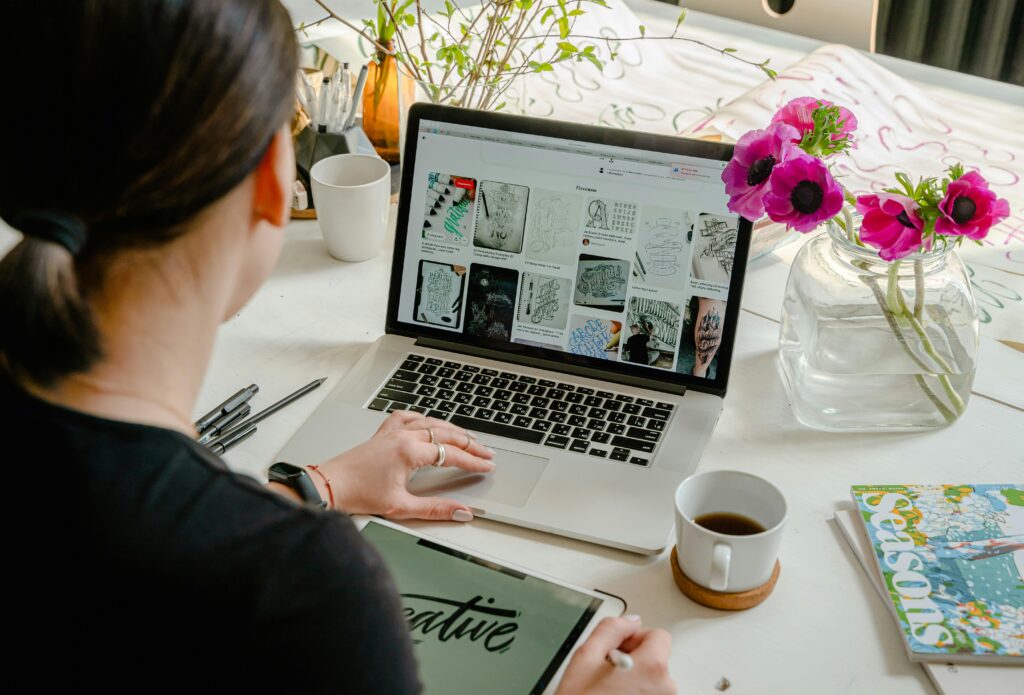
Incorporating 3D elements and motion graphics into your designs can add depth and dynamism that static visuals might lack. 3D design tools are becoming more accessible, allowing designers to create hyper-realistic visuals or fantastical scenes that weren’t possible before. Similarly, motion graphics, which blend animation with graphic design, are now a crucial part of digital marketing and web design.
Interactive Design
Interactive design is transforming the way users experience content. Instead of simply viewing a graphic, they can now engage with it. Whether through websites, apps, or augmented reality, interactive design makes the viewer an active participant. This kind of engagement can create a lasting impression, making your design more memorable and effective.
Tip: Stay updated with the latest design tools and technology trends. Explore new software, experiment with 3D or motion graphics, and see how interactive elements can elevate your designs.

